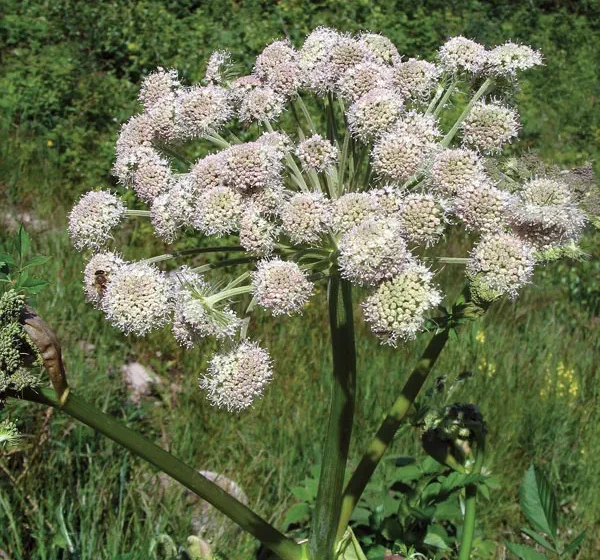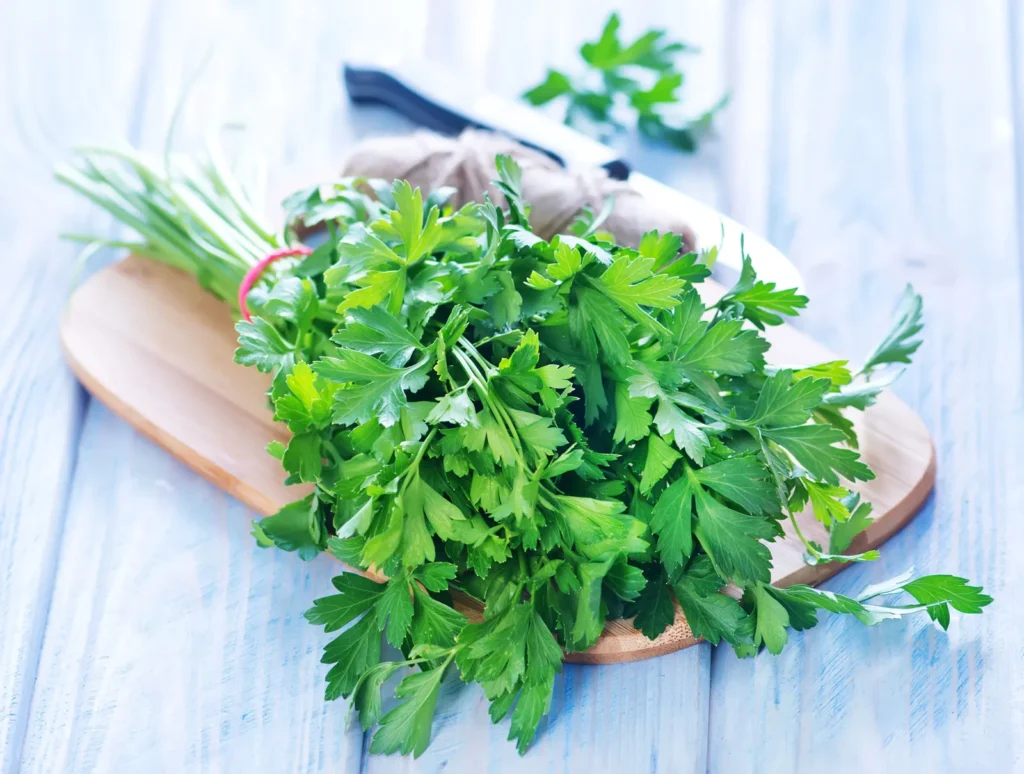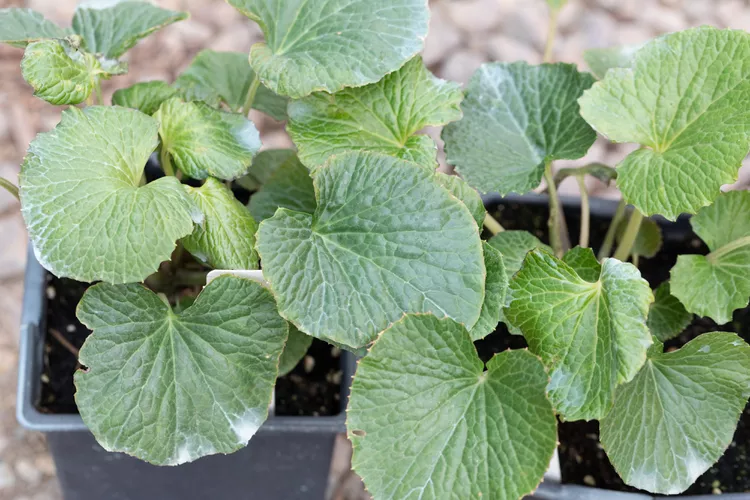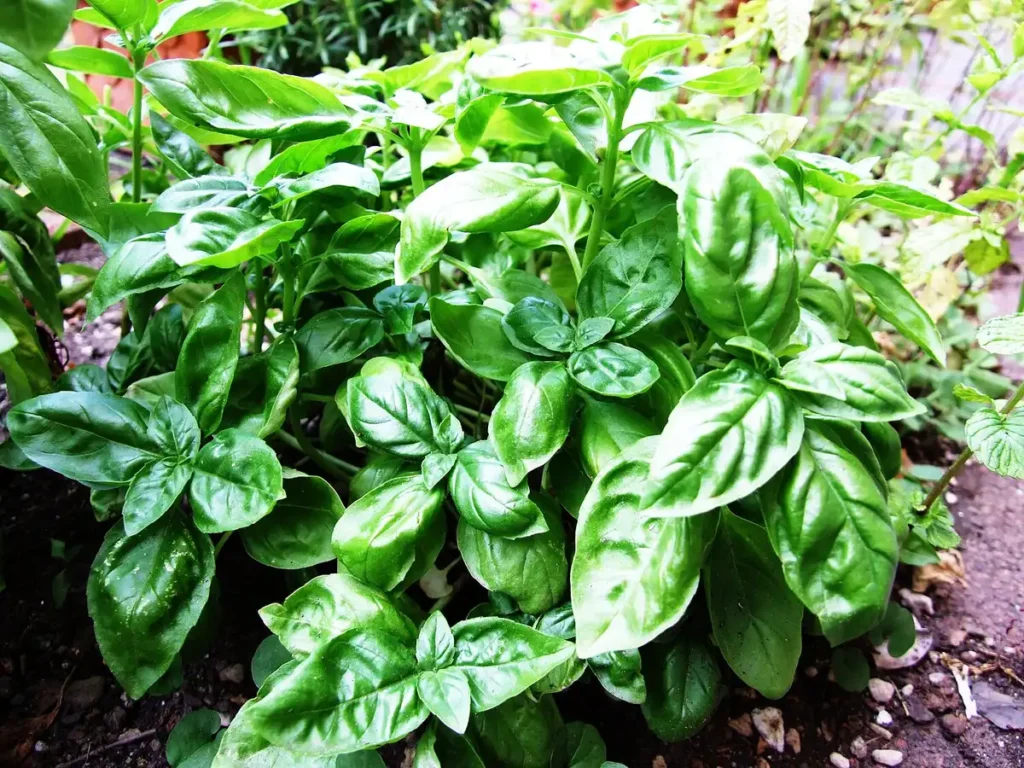
Description
The cumin plant has finely divided leaves and is tiny, thin, and herbaceous. The flowers are either rose-colored or white, and they are carried in distinctive flat-topped umbel clusters. The “seeds” of cumin, often called comino, are actually schizocarps, which are dry fruits. They are tiny, oval-shaped, and yellowish brown, measuring around 6 mm (0.25 in) in length. Each has a small grid-like pattern made up of five prominent longitudinal dorsal ridges scattered with fewer apparent secondary ridges.
Habitat
Cumin is a native of the Mediterranean region and is grown in China and India
Uses
Cumin is particularly well-liked in Asian, North African, and Latin American cuisines and is a necessary component of many mixed spices, chutneys, and chili and curry powders. Whole or crushed, the fruit-like seeds can be used as a spice. Their taste is warm and slightly caraway-like, and they have a distinct, potent aroma.
Cumin was once a commonly used home remedy and is still significant locally in some traditional medical practices. The oil has several uses, including in perfumery, medicine, and veterinary care, as well as flavoring various alcoholic beverages.

Varieties
Similar to black cumin, fennel flower (Nigella sativa) is another Eurasian herb from the Ranunculaceae family that is used as a spice.
Plant Care
- Light
Full sun is ideal for cumin growth. Aim to plant cumin in an area that receives six hours or more of direct sunlight each day.
- Soil and Water
Clay soil prevents cumin from germinating; it grows best in soil that is rich in organic matter and well-drained. The top-heavy foliage on spindly stems of cumin are prone to being toppled by wind or rain as they mature, therefore it’s critical that the soil surrounding the plant stays somewhat dry to reduce the fungal hazards associated with moist soil. To reduce plant disease as plants get older, water them only until the top 1 to 2 inches of soil feel dry.
- Temperature and Humidity
The tender herb cumin needs warm weather and to be kept free from any chance of frost. When the weather is moderate and the temperature is between 50°F and 80°F, move plants outside following the last spring frost. If you cover outdoor garden beds with low polytunnels to shelter them from cool or rainy weather, you can grow a lot of cumin there. Plant each seedling at least 6 inches apart if your growing environment is humid to reduce the risk of fungal growth.
- Fertilizer
Natural organic fertilizers are the best choice for cumin, while slow-release granular fertilizers are equally effective. The ideal fertilizer is one with low nitrogen content because too much nitrogen might result in excessive leaf production, which reduces the plant’s capacity to produce robust root vegetables.
Table





